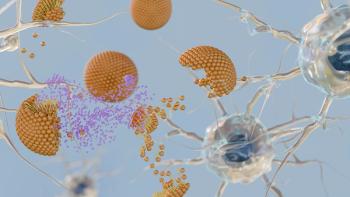
USGS Study Indicates Pharmaceuticals are Widespread in Small Streams in the Southeast US
The United States Geological Survey study detected one or more pharmaceuticals in 59 streams throughout the Southeast United States.
According to a new
Previous research indicated that wastewater treatment facility discharges were the most likely source for pharmaceutical chemicals in surface water. However, the findings in this study, reported in the journal Environmental Science and Technology Letters, indicate the pharmaceuticals may originate from other sources as well-only 17 of the 59 streams have any reported wastewater discharges.
- Metformin: Used to treat Type II diabetes, this chemical was detected in 89% of samples
- Lidocaine: Used as a pain reliever, this chemical was detected in 38% of samples
- Acetaminophen: Used as a pain reliever, this chemical was detected in 36% of samples
- Carbamazepine: Used to treat seizures, this chemical was detected in 28% of samples
- Fexofenadine: Used as an anti-histamine, this chemical was detected in 23% of samples
- Tramadol: An opioid pain reliever, this chemical was detected in 22% of samples.
Although much uncertainty remains as to how pharmaceuticals affect aquatic organisms, some adverse effects have been documented. Antibiotic/antibacterial contaminants-detected in at least 20% of streams-can affect aquatic microbial communities, altering the base of the food web. Antihistamines, frequently detected in this study, affect neurotransmitters for many aquatic insects. And metformin, nearly ubiquitous in the streams studied, can affect the reproductive health of fish.
While the research indicated there were chemicals present in the water, none of them exceeded human health benchmarks. In addition to the individual chemicals listed, the two groups of compounds most frequently detected were nicotine-related compounds (71% of samples) and caffeine-related compounds (detected in 49% of samples).
Source:
Newsletter
Stay at the forefront of biopharmaceutical innovation—subscribe to BioPharm International for expert insights on drug development, manufacturing, compliance, and more.




